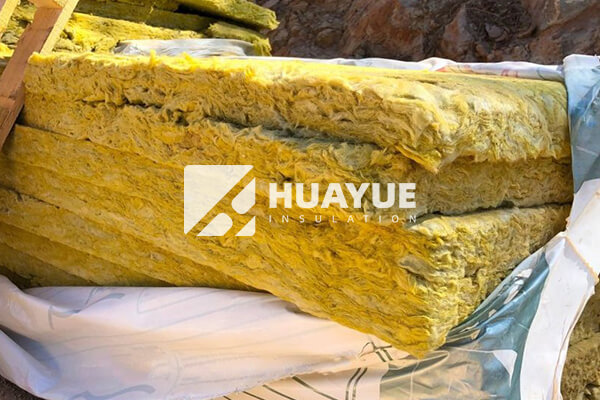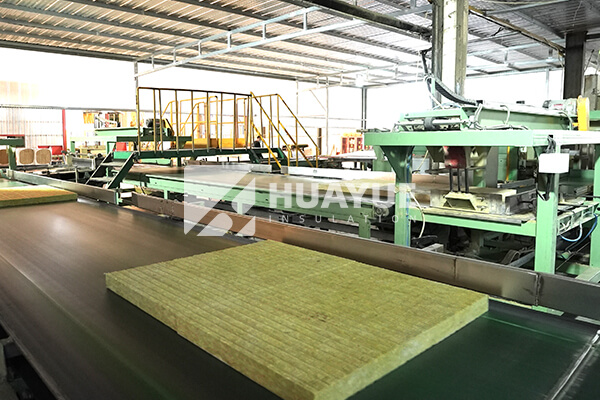What is the fire rating of Rockwool insulation?
Fire safety is critical when choosing insulation for any building or industrial application. Many specifiers worry about fire resistance, especially in industries where protection from high temperatures can save lives.
Rockwool insulation is naturally non-combustible and can withstand temperatures up to about 1,000°C (1,800°F), earning it a common fire rating of up to four hours in many standard wall and ceiling assemblies.

When dealing with these concerns, it’s easy to get bogged down in technical specifications. For me, helping clients like Hans Müller at chemical plants means cutting through the complexity to find the right mix of strength, fire safety, and durability. Let’s break down the specific fire ratings of Rockwool insulation and see how it compares to other options.
Is ROCKWOOL 2 hour fire rated?
Fire is unpredictable and relentless. Plant managers like Hans must know if their systems can resist flames for critical time windows, like two hours.
Yes, standard Rockwool insulation products easily achieve a two-hour fire rating and can extend to four hours or more, depending on the assembly and local regulations.

From my experience, Rockwool’s fibers come from stone and recycled slag. These materials do not burn, which gives the insulation its outstanding fire resistance. If you look at how building codes test fire ratings, they consider the whole assembly: insulation, layers, and construction type. In most industrial wall and separation assemblies, I have seen Rockwool routinely meet and exceed two-hour fire requirements. For critical cryogenic tanks or chemical processing plants, project managers usually demand documentation confirming that the insulation will hold back fire during emergency shutdowns. Rockwool always passes their fire resistance tests.
Let’s break down typical fire ratings for Rockwool:
| Product Type | Max Temp Resistance | Common Fire Rating (in assembly) |
|---|---|---|
| Standard Rockwool Slab | 1,000°C (1,800°F) | 2–4 hours |
| Industrial Pipe Section | 650°C (1,200°F) | 2–4 hours |
| High-Density Board | 1,000°C (1,800°F) | 2–4 hours |
I once worked with a large storage tank project in Austria. The safety director insisted on EN 13501 fire testing. After seeing Rockwool survive two hours of direct torch exposure during the mockup, everyone agreed it was the safest choice.
Is fiberglass or ROCKWOOL better for fire?
When plant engineers discuss fire safety, the debate often comes down to Rockwool versus fiberglass. It matters for both safety and long-term cost.
Rockwool is significantly better than fiberglass for fire resistance. Rockwool is non-combustible and withstands higher temperatures, while fiberglass has lower melting points and can lose integrity in fires.

When I compare the two, I look at behavior under direct flame. Fiberglass can usually withstand temperatures up to about 540°C (1,000°F). It may not ignite easily, but it starts to shrink and lose shape at lower temperatures than Rockwool. During my years advising on insulation projects, I have seen Rockwool slabs keep their shape even after long exposure to direct flame. Fiberglass, however, often starts to drip and collapse.
Let’s compare them directly:
| Material | Combustibility | Max Temp Resistance | Melting Point | Fire Rating (Assembly) |
|---|---|---|---|---|
| Rockwool | Non-combustible | 1,000°C (1,800°F) | >1,000°C | 2–4 hours (common) |
| Fiberglass | Non-combustible | ~540°C (1,000°F) | ~820°C | Up to 1 hour (typical) |
If you need to protect valuable industrial equipment, Rockwool is the safer bet every time. I once talked to an engineer whose tank insulation was exposed to a small fire; the fiberglass needed total replacement, while the Rockwool sections were still solid.
What insulation has a 1 hour fire rating?
Different projects require different fire ratings. Sometimes the minimum needed is just one hour, especially in non-critical areas.
Both Rockwool and fiberglass insulation can be part of a 1-hour fire-rated assembly, but Rockwool is more reliable and easier to certify.
For contractors in Europe, I’ve watched fire inspectors require clear product certification. Rockwool arrives with EN and ASTM test data for one-hour and two-hour fire resistance without any trouble. Fiberglass can achieve one hour, but only in lighter-duty assemblies, and the documentation is sometimes less detailed.
Here’s a quick guide to some common insulation materials with their basic fire rating potential:
| Insulation Type | Hourly Fire Rating (in assembly) | Certified Test Standards |
|---|---|---|
| Rockwool | 1–4 hours | EN 13501, ASTM E84, etc. |
| Fiberglass | 0.5–1 hour (typical) | ASTM E119 |
| Foam Glass | 2–3 hours | EN 1363, ASTM E119 |
| Open-cell Foam | Not fire-rated | N/A |
I often recommend that if you even think you might need a higher rating later, you should go with Rockwool or foam glass right from the start.
Does ROCKWOOL have an R rating?
Everyone in the industry hears about “R-value.” Most project engineers need to translate fire safety into energy performance.
Yes, Rockwool insulation has an R rating (thermal resistance value). The typical R-value is about R-3.3 to R-4.2 per inch (RSI 0.58–0.74 per 25 mm), depending on product density.
Rockwool’s fire safety is excellent, but it also saves energy. When I specify Rockwool for my customers, I see both energy bills reduced and fire risk lowered. RSI (SI units) and R-value (US units) both show how insulation slows heat flow. The higher the number, the better the thermal performance.
| Rockwool Product Type | Typical R-value per Inch (25mm) | Application |
|---|---|---|
| Residential Batts | R-3.8 to R-4.2 | Walls, ceilings, floors |
| Industrial Boards | R-3.6 to R-4.0 | Tanks, vessels, piping |
| High Density Slab | R-3.3 to R-3.8 | Roofs, fire partitions |
I always tell my clients to factor in both fire rating and insulation value. Rockwool delivers on both counts. Energy codes continue to get stricter, and when you use Rockwool, you are ahead of the curve for both safety and savings.
Conclusion
Rockwool insulation is the industry leader for fire ratings, often reaching two to four hours, with top thermal performance as well. It is safe, strong, and trusted worldwide.
You may also be interested in:
Ready to Get Started?
Get in touch with our experts for personalized solutions tailored to your needs.
Get Free QuoteLatest Articles

Fiberglass Insulation Roll - What’s Inside the Roll?
Dec 22, 2025
Let's Work Together
Ready to take your business to the next level? Get in touch with our team of experts and let's discuss how we can help you achieve your goals.
Get Free Solutions






